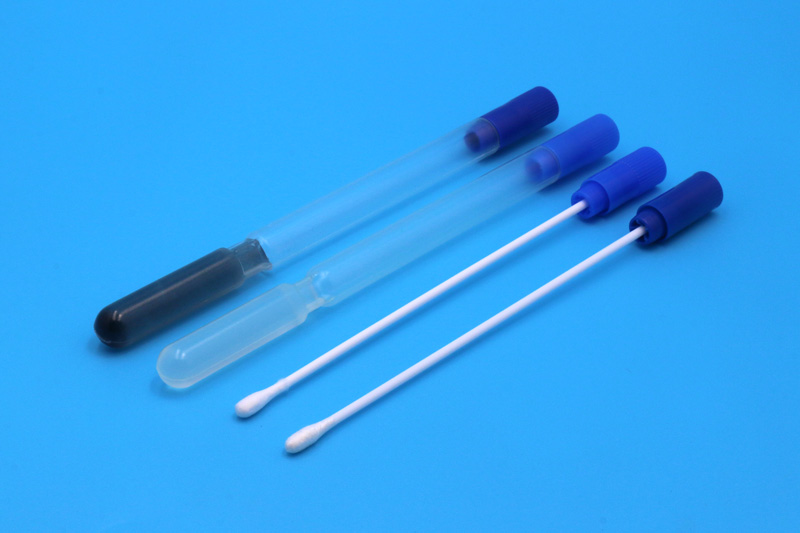In the field of medical diagnostics, accurate and timely laboratory testing plays a vital role in diagnosing various diseases and conditions. To ensure the integrity and viability of clinical specimens, a specialized medium known as transport medium is used. This article aims to shed light on the significance of transport medium in preserving and transporting various types of clinical specimens for laboratory testing.

1. Understanding Transport Medium
Transport medium refers to a specially designed solution that provides a suitable environment for the preservation and transportation of clinical specimens. It acts as a protective buffer, maintaining the viability of the specimens during transit to the laboratory. The composition of transport medium varies depending on the type of specimen being transported, ensuring optimal conditions for specific microorganisms or viruses.
2. Preserving Specimen Viability
One of the primary purposes of transport medium is to preserve the viability of clinical specimens. For instance, swabs taken from the throat, nose, or other body sites may contain microorganisms or viruses that need to be kept alive for accurate laboratory testing. Transport medium provides a balanced environment, preventing the growth or death of these microorganisms until they reach the laboratory.
3. Maintaining Specimen Integrity
Transport medium also helps maintain the integrity of clinical specimens during transportation. It acts as a protective barrier against environmental factors that could potentially damage or contaminate the specimens. By providing a stable environment, transport medium minimizes the risk of sample degradation, ensuring accurate and reliable test results.
4. Types of Transport Medium
There are different types of transport medium available, with each tailored to preserve specific types of clinical specimens. For example, viral transport medium (VTM) is used to transport specimens containing viruses, while Amies transport medium is commonly utilized for bacterial specimens. Each transport medium contains unique additives and buffers that ensure the viability of the specific microorganisms or viruses being transported.
5. Suitable Conditions for Testing
Transport medium not only preserves the viability of clinical specimens but also provides suitable conditions for laboratory testing. By maintaining the specimens in an optimal state, transport medium enhances the accuracy and reliability of diagnostic tests. This is crucial in obtaining precise results, leading to appropriate treatment decisions and improved patient outcomes.
6. Importance in Outbreak Situations
Transport medium plays a crucial role in outbreak situations, such as pandemics or epidemics. During such times, rapid and accurate testing is crucial to control the spread of infectious diseases. Transport medium ensures that clinical specimens can be safely transported from remote or affected areas to centralized laboratories, enabling prompt diagnosis and effective management of the outbreak.
Transport medium is an indispensable component of the diagnostic process, ensuring the viability and integrity of clinical specimens during transportation. By preserving the specimens in an optimal state, transport medium enables accurate laboratory testing, leading to timely diagnosis and appropriate treatment. Its significance becomes even more pronounced during outbreak situations, where it plays a vital role in controlling the spread of infectious diseases. Ultimately, transport medium serves as a critical link between healthcare professionals and laboratory technicians, facilitating the delivery of accurate and reliable diagnostic results.

















